Fev1/fvc Normalwert
Fev1/fvc normalwert. Normal values are approximately 75. Evaluating the FEV1FVC ratio in the lower range of normality as a marker of worse clinical outcomes in asthmatic subjects without airway obstruction. Dies ist eine Reihe von Fragen die untersuchen wie sich COPD auf Ihr Leben auswirkt.
1Department of Internal Medicine Faculdade de Medicina de Jundiaí Brazil. However few studies have investigated the clinical relevance of these recommendations. Mit zunehmendem Alter sinkt der FEV1 ab.
It represents the proportion of a persons vital capacity that they are able to expire in the first second of forced expiration FEV1 to the full forced vital capacity FVC. Mingotti C1 Sarinho J2 Stanigher K3 Silva J4 Roquette E5 Marchi E6 Ponte EV7. ERS EGKS 1993 Normwerte PDF 760KB Polgar-Normwerte für Kinder PDF 16KB ERSPolgar Peak-Flow-Normwerte PDF 376KB NHANES III Europäische Spirometrie-Normwerte PDF 32KB NHANES III Afro-Amerikanische Spirometrie-Normwerte PDF 24KB NHANES III Mexikanisch-Amerikanische Spirometrie-Normwerte PDF 25KB GLI 2012 Spirometrie.
We compared the LLN derived from available data sets to a fixed ratio FEV1FVC 75 or 70 and also to the FEV1FVC percent predicted ratio to determine the impact of changing the FEV1FVC cutoff on the spirometric diagnosis of obstructive lung disease. Beurteilt wird vor allem die auf die forcierte Vitalkapazität bezogene Einsekundenkapazität FEV 1 FVC 100. Dies liegt an dem für die Lungenkrankheit typischen Verlust der Lungenfunktion.
Schäden an den Atemwegen und oder Verengungen der Atemwege deuten auf folgende Zustände hin. Bis 30 Jahre 75 Prozent ab 30 Jahre 70 Prozent Peakflow PEF. Diesen Wert bezeichnet man kurz als FEV1FVC.
Mit diesem Test wird die Einsekundenkapazität bestimmt. Die exspiratorische Einsekundenkapazität ist das Volumen das nach einer maximalen Einatmung innerhalb einer Sekunde ausgeatmet werden kann. Niedrigere Werte können für den Arzt ein Hinweis für.
Forced Expiratory Pressure in 1 Second wird die Einsekundenkapazität bezeichnet also die größtmögliche Menge an Luft die Sie innerhalb von 1 Sekunde forciert ausatmen könnenDer FEV1-Wert ist Teil der Lungenfunktion und kann im Rahmen eines Lungenfunktionstests gemessen werden. Nur noch weniger als 30 des Normalwerts.
Nach maximaler Inspiration.
Bis 30 Jahre 75 Prozent ab 30 Jahre 70 Prozent Peakflow PEF. FEV1 Einsekundenkapazität Als FEV1 engl. Forced Expiratory Pressure in 1 Second wird die Einsekundenkapazität bezeichnet also die größtmögliche Menge an Luft die Sie innerhalb von 1 Sekunde forciert ausatmen könnenDer FEV1-Wert ist Teil der Lungenfunktion und kann im Rahmen eines Lungenfunktionstests gemessen werden. Die exspiratorische Einsekundenkapazität ist das Volumen das nach einer maximalen Einatmung innerhalb einer Sekunde ausgeatmet werden kann. Der Quotient FEV1FVC nimmt mit dem Alter physiologisch ab. Das Verhältnis FEV 1 FVC beträgt normalerweise 75. Mit diesem Test wird die Einsekundenkapazität bestimmt. The result of this ratio is expressed as FEV1. It represents the proportion of a persons vital capacity that they are able to expire in the first second of forced expiration FEV1 to the full forced vital capacity FVC.
Mit diesem Test wird die Einsekundenkapazität bestimmt. Niedrigere Werte können für den Arzt ein Hinweis für. However few studies have investigated the clinical relevance of these recommendations. Mit zunehmendem Alter sinkt der FEV1 ab. Normalerweise wird diese Diagnose erreicht wenn die FEV1 FVC zwischen 70 und 80 Prozent der Erwachsenen und 85 Prozent bei Kindern oder weniger beträgt. ERS EGKS 1993 Normwerte PDF 760KB Polgar-Normwerte für Kinder PDF 16KB ERSPolgar Peak-Flow-Normwerte PDF 376KB NHANES III Europäische Spirometrie-Normwerte PDF 32KB NHANES III Afro-Amerikanische Spirometrie-Normwerte PDF 24KB NHANES III Mexikanisch-Amerikanische Spirometrie-Normwerte PDF 25KB GLI 2012 Spirometrie. Volumendifferenz zwischen maximaler Ein- und Ausatmung.
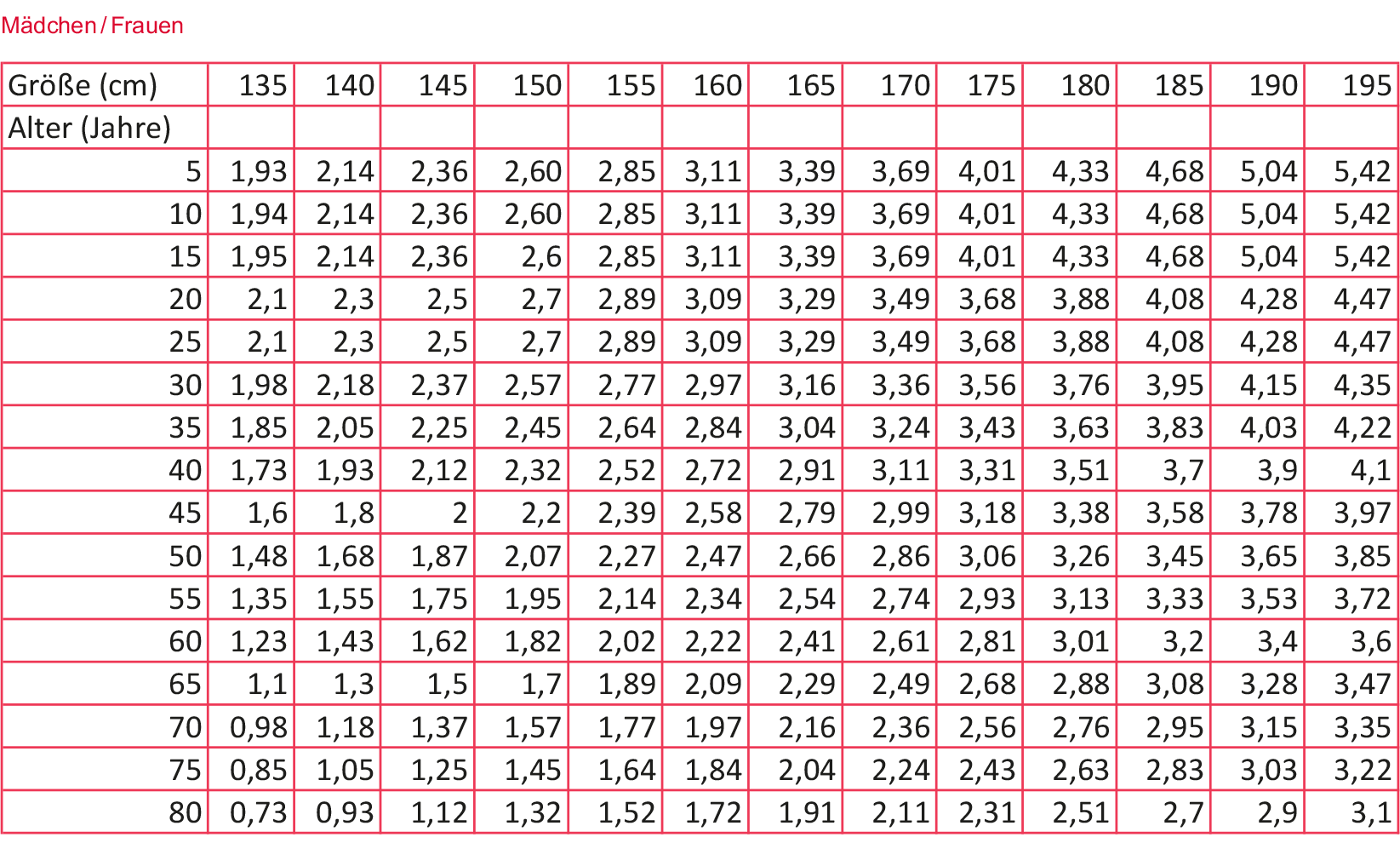

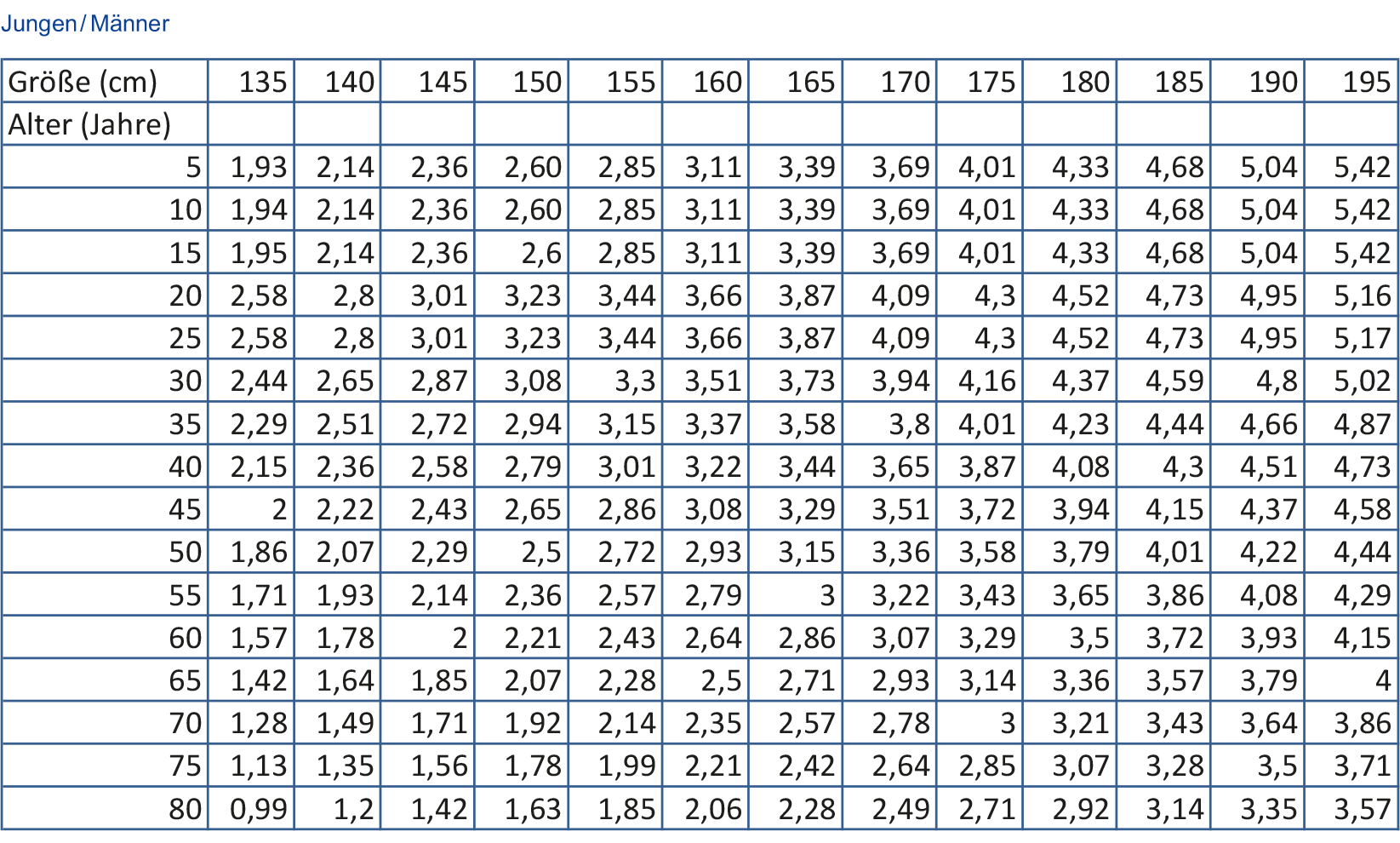





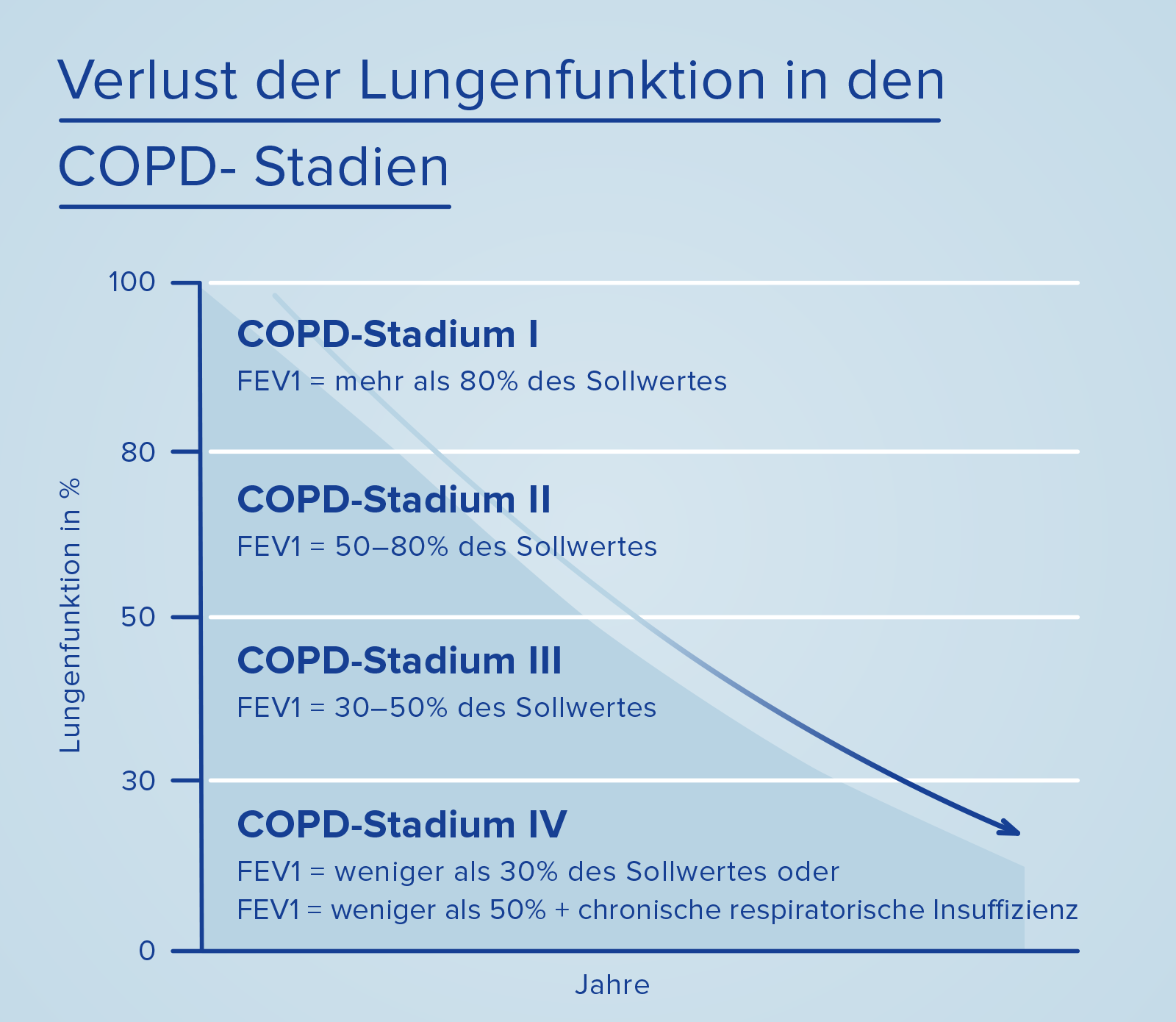

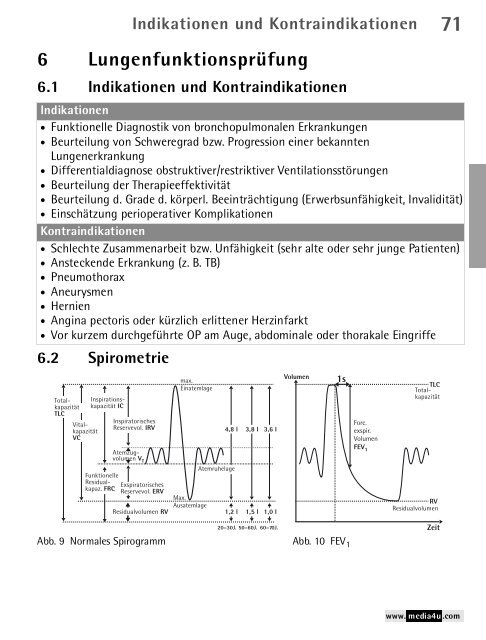

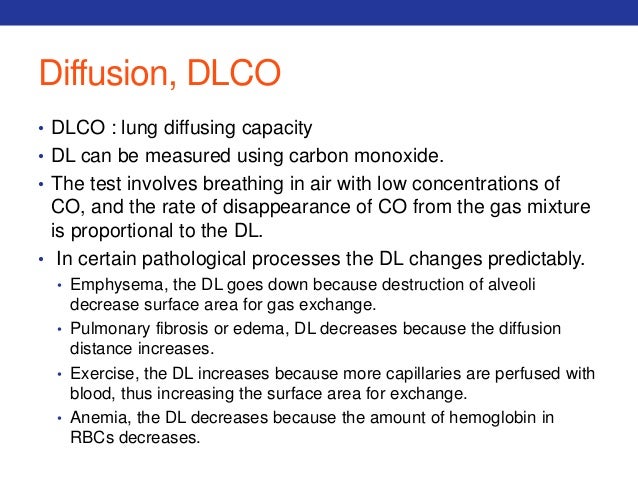

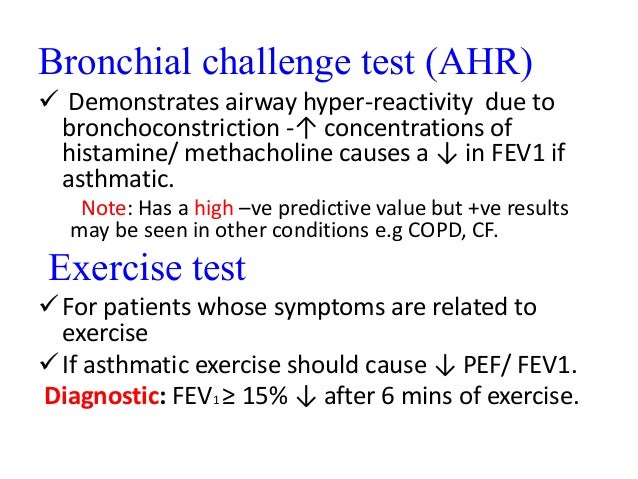




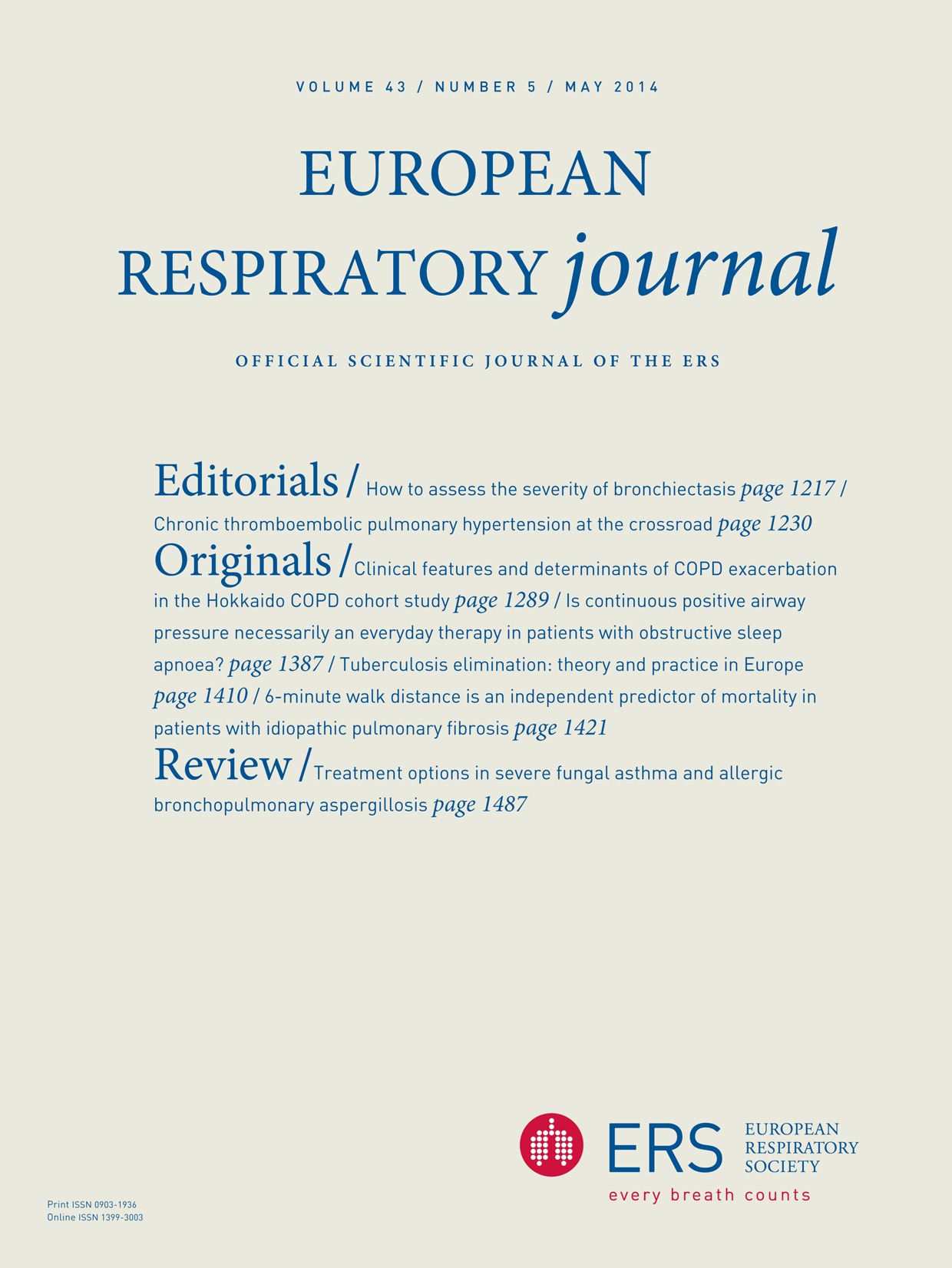
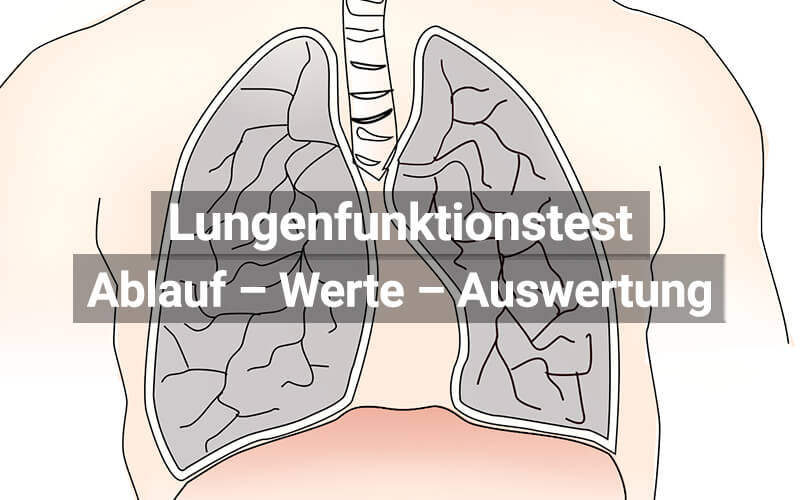

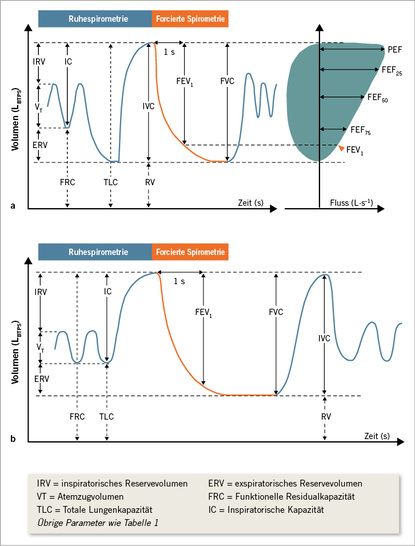






Post a Comment for "Fev1/fvc Normalwert"